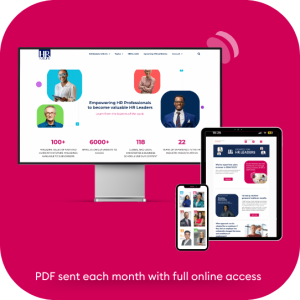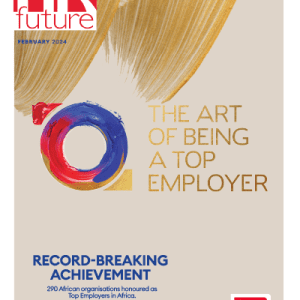If you’re looking to improve your employee retention rate, it’s time to stop thinking about perks and benefits, and start looking at what your employees actually need. While some may see development or L&D programs as an expensive investment, especially in the short term, it can have a huge long-term impact on your company performance and employee satisfaction levels. And when employees are happy, they stay with the company longer.
Check out these 10 employee growth development ideas!
1) Maintain Positive Work Environment
Although turnover is not one of your foremost concerns, there will be times when you have to let an employee go for performance-related reasons. This can happen for a number of reasons, including poor attendance, absenteeism and tardiness, violation of company policies and procedures or low productivity. The last thing you want is to lose good employees because they feel unappreciated or unmotivated by their position at work.
You also don’t want high attrition rates resulting from a toxic environment or unfriendly working conditions. For these reasons, it’s important to keep track of any issues that are affecting employee morale and keep them in line with industry standards for retention metrics. Employees who know that management has their back tend to stay more loyal than those who may consider themselves at-will workers—and that loyalty often translates into better business practices such as increased productivity and lower absenteeism rates.
2) Show Your Appreciation
Telling your employees that you appreciate them, and thanking them for their hard work will not only boost their morale, but it will also help to keep them engaged and focused on growing. Recognition helps build trust, so thank your employees often.
3) Implement a Learning Culture
Rather than dropping formal development initiatives, create a culture of learning at your company—one where employees feel they can approach their manager whenever they have an interest in new skills. When workers are encouraged to improve upon their existing capabilities, they feel valued by management and thus more satisfied with their job. They’re also more likely to stay with you for longer. In other words, developing your people is a great way to boost employee growth and retention.
4) Learn and Adapt with New Tools
According to a 2017 study by LinkedIn and Emergent Research, 65% of professionals think their career is stunted due to lack of training in new technologies. If you’re part of that statistic, it’s time to get back on track. Learning something new is always a growth opportunity—even if your job description doesn’t change, skills are what hiring managers look for in candidates.
5) Develop Teamwork
Teamwork is an important part of a successful workplace. Without it, employees would likely be unproductive and unmotivated. So how do you encourage teamwork? Give team members autonomy . Employees are far more engaged when they feel like they have a say in what happens at work. Offering freedom lets them own their goals and gives them motivation to succeed. This type of autonomy has also been shown to boost employee retention rates, as people value being heard at work over money any day!
6) Know Each Team Member’s Strengths
Getting to know each member of your team allows you to give them meaningful tasks that will help them develop their strengths. This is important because as an employee grows in their strengths, they’ll feel rewarded and happy, which helps keep them with your company.
7) Provide Continuous Feedback
If you want to foster a more creative, adaptive and engaged workplace—and we know you do—you need to become comfortable giving employee feedback on a regular basis. For many managers, giving negative feedback is harder than ever. This can lead to your team falling into ruts and losing their edge. But if you want them to improve, they need to understand what they’re doing wrong and how it’s affecting performance—and that requires honest communication.
8) Invest in Both Technical Skills and Soft Skills
Soft skills include communication, leadership, and management—skills that are more difficult to learn than technical skills. However, soft skills tend to have a greater impact on employee growth. Technical training helps boost your employees’ job efficiency, but soft skills help boost their overall value and happiness at work. If you can provide both technical and soft skill development to your employees, they’ll be well on their way toward becoming top-notch workers in their respective fields.’’
9) Celebrate Successes
Employees like feeling appreciated, so publicly recognize those who contribute to your business’s success. Give employees shout-outs during a team meeting and follow it up with a note thanking them for their efforts. Encourage coworkers to help one another out on work projects: we all need a little help from time to time. And if you really want to show your appreciation, throw an employee party!
10) Hold Regular One-on-One Meetings
One-on-one meetings will give your employees time to share their goals, challenges, and achievements. It’s not only a great way to give feedback but also an opportunity for you to learn more about what makes your team tick and how they can grow in their roles. Consider turning these regular sessions into structured mentoring programs or even formalized learning plans that tie into development goals.
Summary
No matter how talented your employees are, if they aren’t growing and developing professionally, they will eventually leave. Fortunately, as written in this article, employers can cultivate professional growth in many ways.
HR Future Staff Writer













